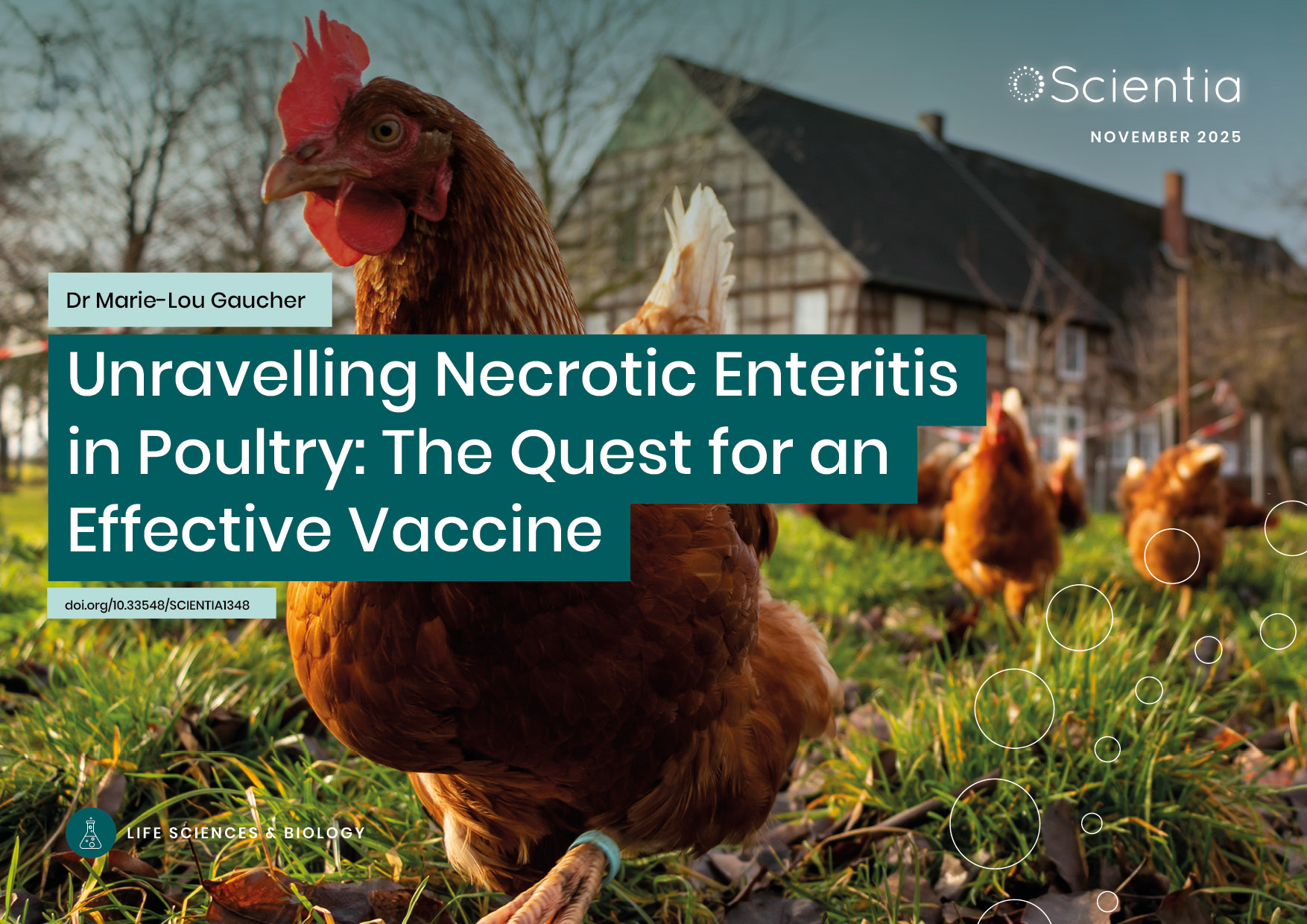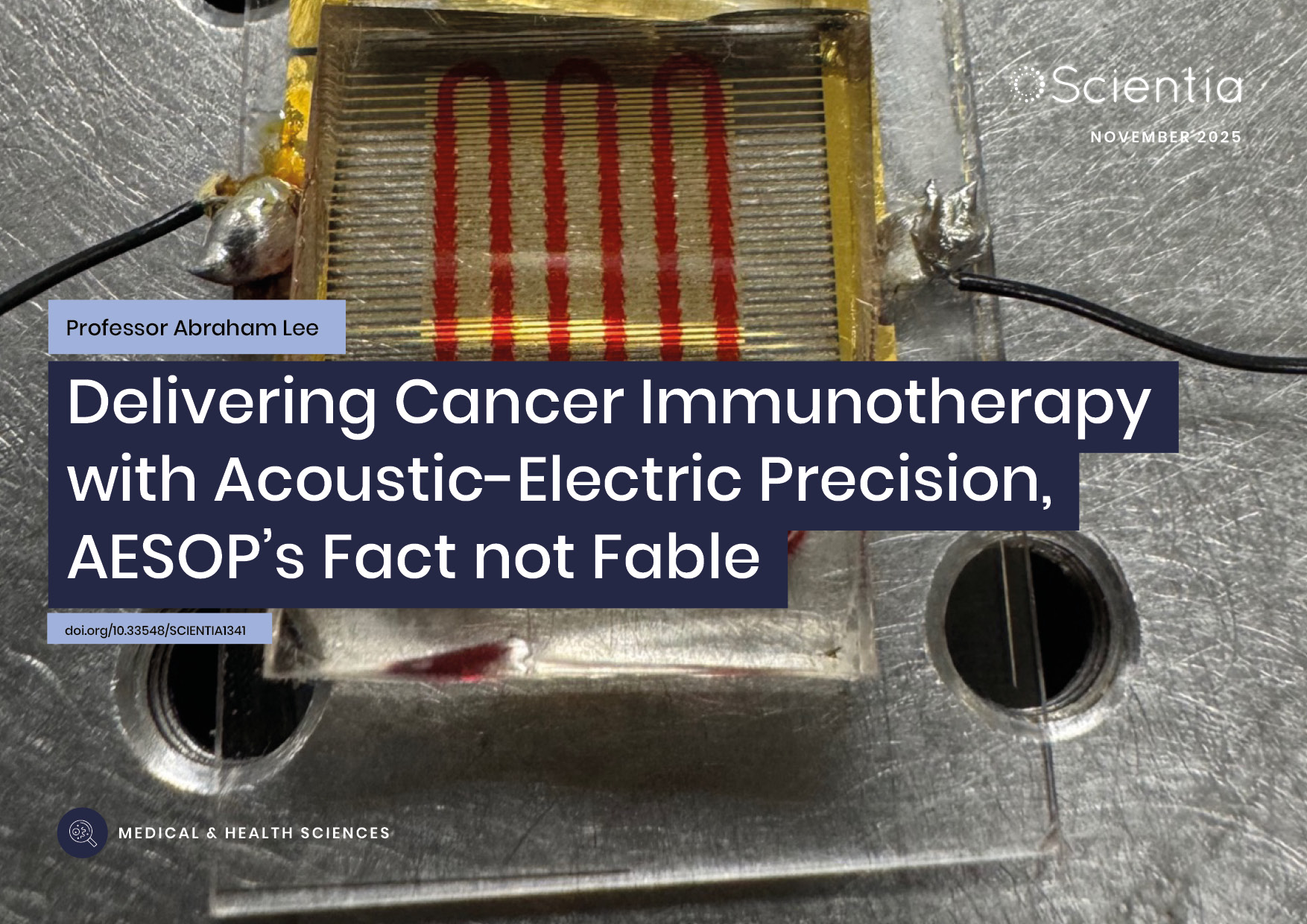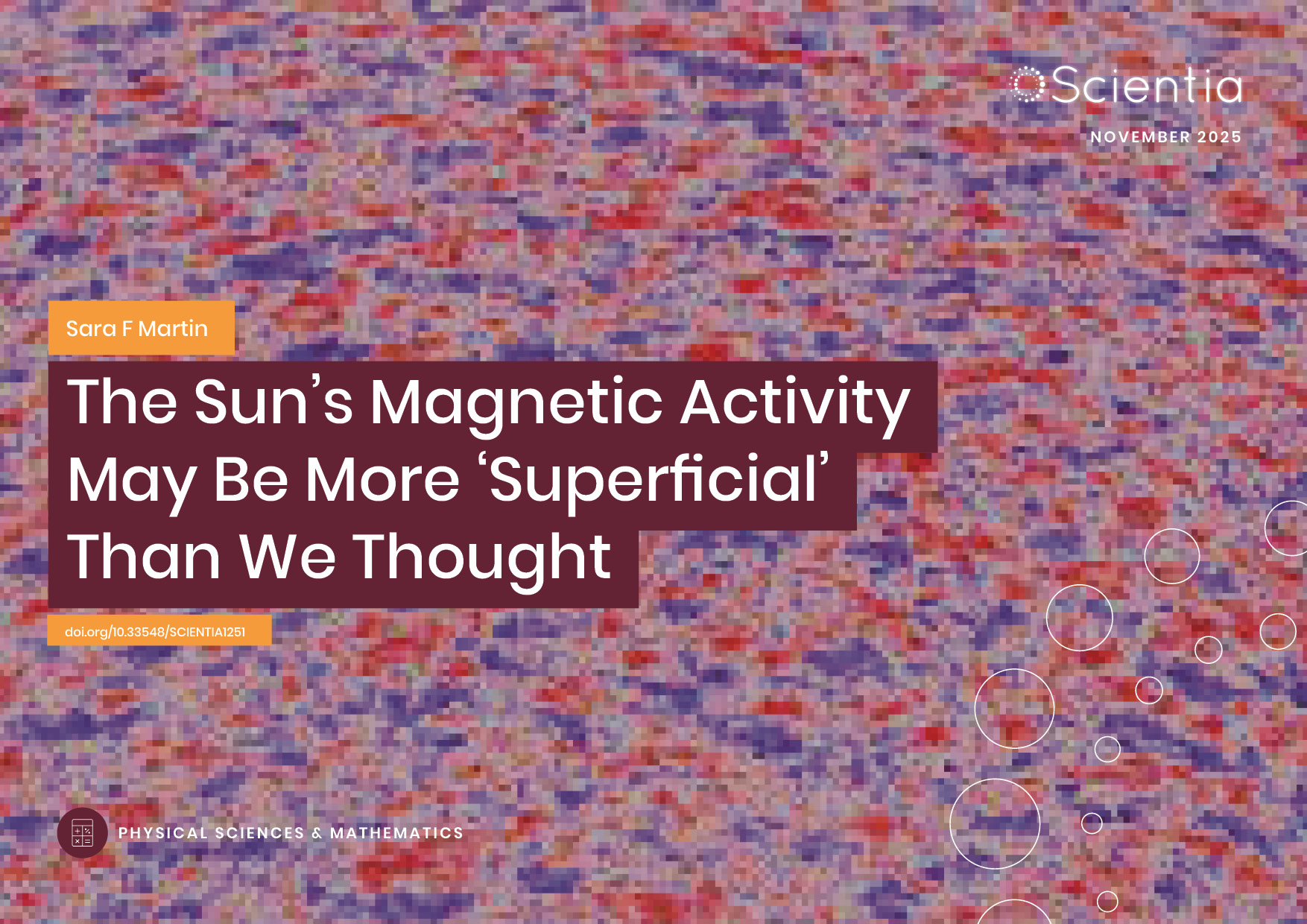The Association for Women Geoscientists
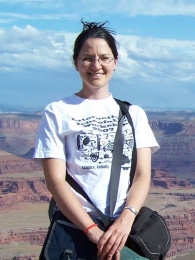 The Association for Women Geoscientists (AWG) is an international organisation devoted to increasing the participation of women in geoscience, and inspiring girls and young women to pursue careers in geoscience-related disciplines. In this exclusive interview, we have had the pleasure of speaking with Dr Noelia Beatriz Carmona, AWG’s past president, who describes how the Association supports the professional development of its members, provides education and outreach to young women and girls, and encourages the participation of women in geoscience.
The Association for Women Geoscientists (AWG) is an international organisation devoted to increasing the participation of women in geoscience, and inspiring girls and young women to pursue careers in geoscience-related disciplines. In this exclusive interview, we have had the pleasure of speaking with Dr Noelia Beatriz Carmona, AWG’s past president, who describes how the Association supports the professional development of its members, provides education and outreach to young women and girls, and encourages the participation of women in geoscience.
Please start by giving a brief history of AWG. Why was the Association founded, and what is its mission?
AWG is a non-profit, international organisation founded in 1977, in San Francisco. Since its origin, AWG has been devoted to enhancing the quality and level of participation of women in geosciences and to introducing girls and young women to geoscience careers.
In fact, the formation of the Association is credited to inspiration from the development of the Women Geoscientists Committee in 1973, which was a committee created by nine women from the American Geosciences Institute. Among their great achievements, these women were able to gather and analyse a great amount of data, which reflected the problems and challenges related to unequal treatment of women in the workplace. This was the prelude to the formation of the AWG in 1977.
The mission of the Association is to follow the three E’s: Encourage the participation of women in geosciences; Exchange educational, technical and professional information; and Enhance the professional growth and advancement of women in geosciences.
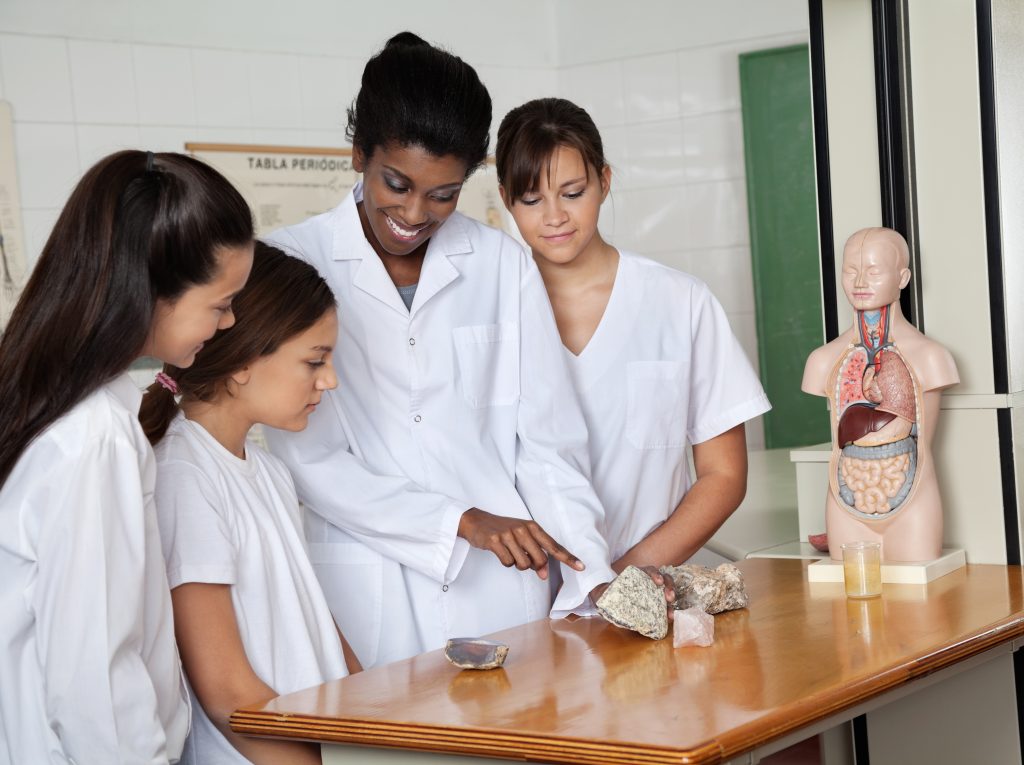
Who makes up your membership today?
Our members include professionals from industry, government, museums, academia, and K-12 teachers, students, retirees, and all the people interested in supporting our goals. Today, we have approximately 1000 members who are either affiliated with an AWG local chapter or are members-at-large.
Although the majority of our members are from North America, we are striving to increase our representation worldwide, and this has been a key objective for the AWG Board in the past few years. Our diverse interests and expertise cover the entire spectrum of geoscience disciplines and career paths, and we look to provide excellent networking and mentoring opportunities. Our membership is brought together by a common love of Earth science and the desire to ensure rewarding opportunities for women in the geosciences.
How does AWG encourage girls and women to pursue careers in geoscience?
There are several ways in which the Association encourages girls and women to pursue careers in geoscience. One way is through student awards and scholarships.
Examples include the AWG Maria Luisa Crawford Field Camp Scholarship, which helps support young women to gain field experience which is vital for pursuing a geoscience career; the Geoscience Inclusion, Diversity, Equality, and Accessibility (IDEA) Scholarship Program, which encourages women from underserved communities with the objective of enhancing diversity in the geosciences; the Harris-Chrysalis Scholarship, which provides degree-completion funding for women geoscience graduate students whose education has been significantly interrupted by life circumstances; and the AWG Sand Student Research Presentation Travel Award, which provides women geoscience students with support to present their research at the Annual Meeting of the Geological Society of America. AWG chapters also offer specific programs, awards, and scholarships to their members.
Another way that the Association encourages girls and women to pursue careers in geoscience is through mentoring. AWG, with other Earth and space science organisations, is sponsoring the Mentoring365 Program, which is a ‘virtual mentoring program developed to facilitate an exchange of professional knowledge, expertise, skills, insights, and experiences through dialogue and collaborative learning’.
We are trying to provide support to girls and women geoscientists in different stages of their careers, using diverse strategies, but also considering different life circumstances. We are also thinking about new awards and scholarships to implement in the future.
‘The mission of the Association is to follow the three E’s: Encourage the participation of women in geosciences; Exchange educational, technical and professional information; and Enhance the professional growth and advancement of women in geosciences.’
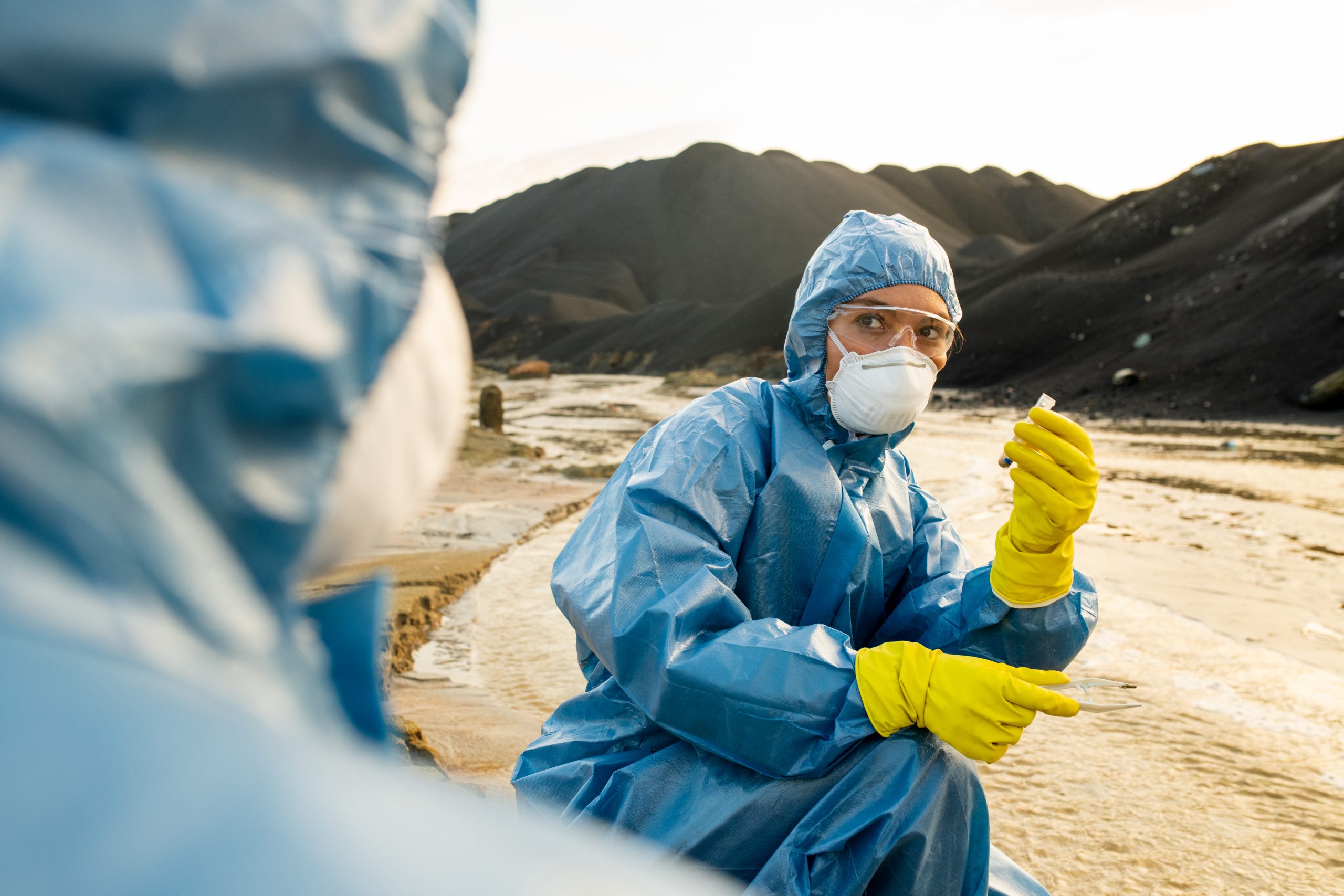
What are some of the benefits of increasing female participation in geoscience?
I would like to refer to the book Women in the Geosciences: Practical, Positive Practices Towards Parity by Mary Anne Holmes and her colleagues, which mentioned that ‘Diversity of the geoscience workforce matters because we need a variety of minds asking a variety of questions and posing a variety of solutions’.
As these authors also stated, more diverse working environments are more innovative and productive, as people provide their personal experiences and knowledge when looking at problems. This is particularly crucial now, as we are facing this period of environmental crisis; we need more diverse voices to find the proper solutions. And when I refer to the need of more diverse voices, I am not only thinking about women, but also all of the underrepresented groups in geosciences.
Tell us a bit about AWG’s field trips.
Our field trips are excellent opportunities for our members to visit and discover new places worldwide, as well as to share knowledge and experience with the other participants. Unfortunately, during the past year, it was necessary to cancel scheduled trips, but hopefully, as the COVID-19 pandemic is addressed with vaccinations, fewer restrictions will allow us again to offer a full variety of options.
We have two categories, field trips organised directly by the Association, and field trips organised by individual AWG chapters. We are lucky to have a field trip committee completely dedicated to providing the best services, and we have had several discussions on the Board regarding safety procedures during the pandemic.
Just prior to the pandemic, AWG held field excursions to New Zealand and England. Plans for an Iceland trip are on hold but will likely occur in 2022. We are now exploring options to organise field trips to locations we have not visited before, such as South America. We are also thinking about organising field trips particularly designed for students, like training programs. This is something we are discussing right now with the AWG Board.
‘I also believe that the pandemic gave us the opportunity to expand our contacts worldwide, to meet and interact with other groups of geoscientists who share our goals, and of course, this is something that will stay with us.’
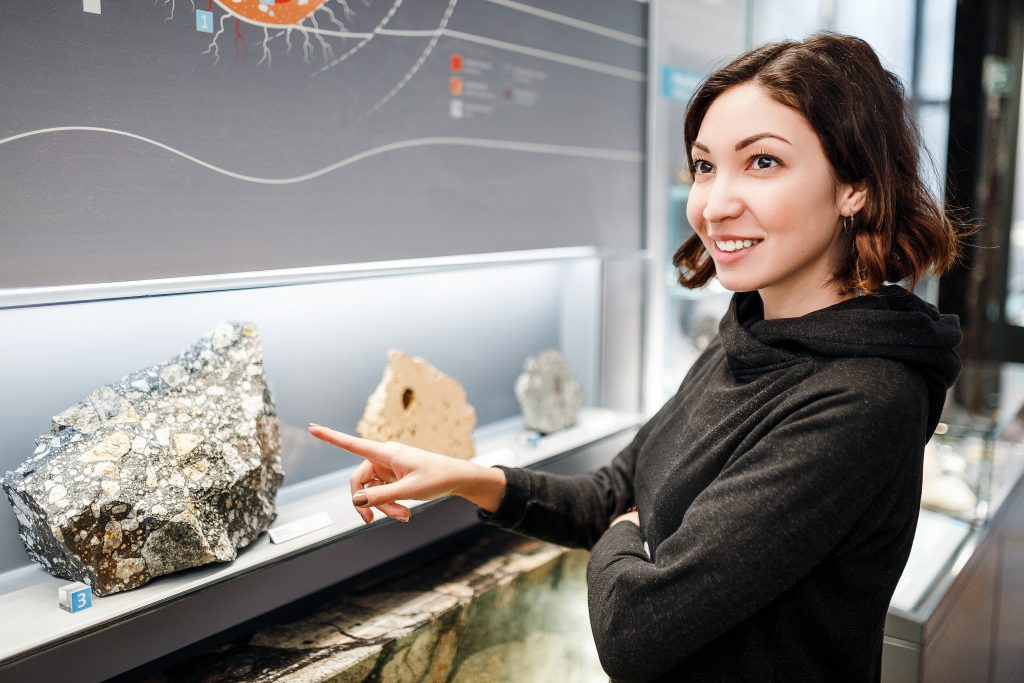
Finally, as we begin to emerge from the COVID-19 pandemic, what are you most excited about for the future of AWG and the field of geoscience in general?
I believe that the COVID-19 pandemic taught us (or in many cases, stressed the idea) that we are going through an unprecedented environmental crisis, and that our actions to take care of the planet are urgently needed. It also made clear the necessity to strengthen scientific cooperation worldwide, and the need to count on diverse views to get out of this crisis and to also prevent and deal successfully with the crises in the future.
For our Association (as for other organisations), the pandemic forced us to be more creative in the way we communicate with our members. In this regard, the work done by all the AWG chapters has been amazing. They have been very innovative about organising online meetings and training events to continue helping their members. Once the world is safer, we are going to be able to organise field trips, and of course, all the in-person activities we usually do (training, outreach, mentoring activities, meetings, etc).
However, I also believe that the pandemic gave us the opportunity to expand our contacts worldwide, to meet and interact with other groups of geoscientists who share our goals, and of course, this is something that will stay with us.
Regarding the field of geoscience in general, the COVID-19 pandemic represented a real challenge, as scientists were not able to conduct essential activities such as fieldwork or lab experiments. But on the other hand, online field trips, meetings and mentoring activities flourished during the last two years, and in this sense, these virtual activities provide more opportunities to those students and professionals that usually, for different reasons, are not able to travel to participate in these kinds of events. So, I hope we can take the good things that we have learned from the pandemic.
In addition, some researchers were able to reorient their investigations according to the progress of the pandemic (for example, some geoscientists used their expertise in data visualisation and mapping to track and predict COVID-19 infection risks). So, I think that this global health emergency and the environmental crisis we are facing will require more geoscientists willing to do interdisciplinary research that provides better and more original solutions for a more sustainable planet.
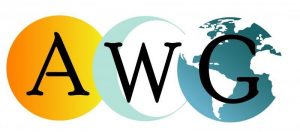
Reference
https://doi.org/10.33548/SCIENTIA739
Want to republish our articles?
We encourage all formats of sharing and republishing of our articles. Whether you want to host on your website, publication or blog, we welcome this. Find out more
Creative Commons Licence
(CC BY 4.0)
This work is licensed under a Creative Commons Attribution 4.0 International License. 
What does this mean?
Share: You can copy and redistribute the material in any medium or format
Adapt: You can change, and build upon the material for any purpose, even commercially.
Credit: You must give appropriate credit, provide a link to the license, and indicate if changes were made.
More articles you may like
Dr Marie-Lou Gaucher | Unravelling Necrotic Enteritis in Poultry: The Quest for an Effective Vaccine
Avian necrotic enteritis (NE) is one of the most significant intestinal diseases affecting poultry worldwide, particularly broiler chickens. It causes major economic losses due to reduced growth rates, poor feed efficiency, and high mortality. The disease is caused by the bacterium Clostridium perfringens, specifically pathogenic type G strains. Dr Marie-Lou Gaucher from the Université de Montréal and her collaborators have been relentlessly studying ways to develop an effective vaccine against C. perfringens. Their promising findings may lead to innovative vaccination strategies and new methods to manage NE in poultry flocks.
Nick Martin | Data Assimilation: Overcoming AI’s Data Uncertainty Limitations for Water Resources
Water resources are essential for human life. Knowing how to manage water, both now and in the future, is necessary to continue using it as well as possible. Nick Martin and Jeremy White are examining limitations to artificial intelligence applications in water resources generated from noisy and estimated data sets. For poor quality data sets, they found that machine learning models will perform poorly relative to tools that explicitly include physics-based descriptions of physical processes; this is because physics-based calculations can use both data and physics knowledge through data assimilation techniques.
Professor Abraham P. Lee | Delivering Cancer Immunotherapy with Acoustic-Electric Precision, AESOP’s Fact not Fable
Chimeric Antigen Receptor (CAR) T-cell therapy offers life-saving potential, particularly against blood cancers, but severe side effects such as cytokine release syndrome (CRS) limit its safety. These toxicities are linked to uncontrolled CAR expression levels on the T-cell surface. Led by Professor Abraham P. Lee, researchers at the University of California, Irvine, have developed an advanced microfluidic system, called the Acoustic-Electric Shear Orbiting Poration (AESOP) platform, to precisely control the dose of genetic material delivered into primary T cells. This innovation promises safer, more homogeneous, and highly effective cellular immunotherapies.
Sara F Martin | The Sun’s Magnetic Activity May Be More ‘Superficial’ Than We Thought
Scientists have long debated where solar cycle magnetic fields come from—deep within its interior or closer to its surface. Compelling new evidence suggests these fields may originate much closer to the Sun’s visible surface than previously thought, with important implications for understanding our star’s complex magnetic behaviour. The Sun’s activity also holds important implications for exoplanets currently being discovered around many solar-like stars.

